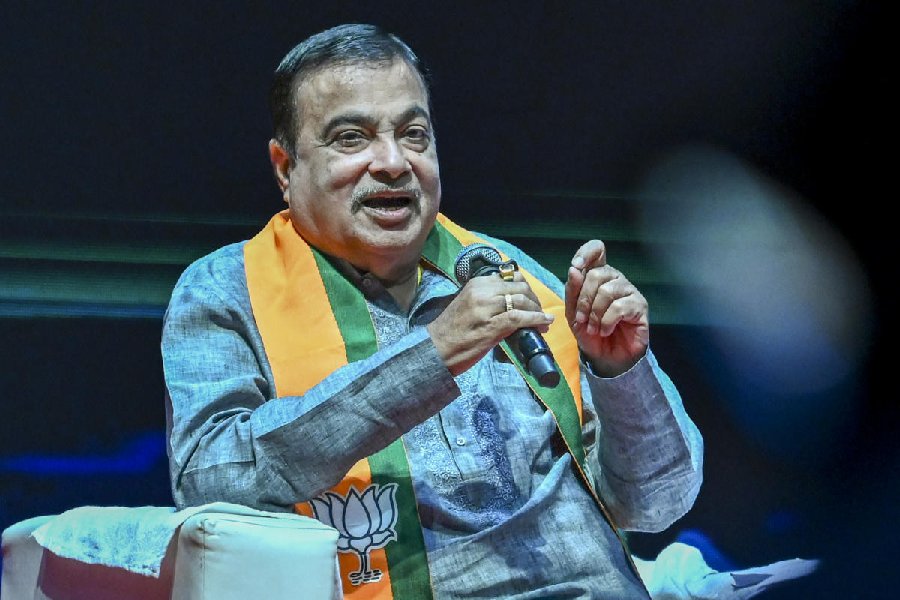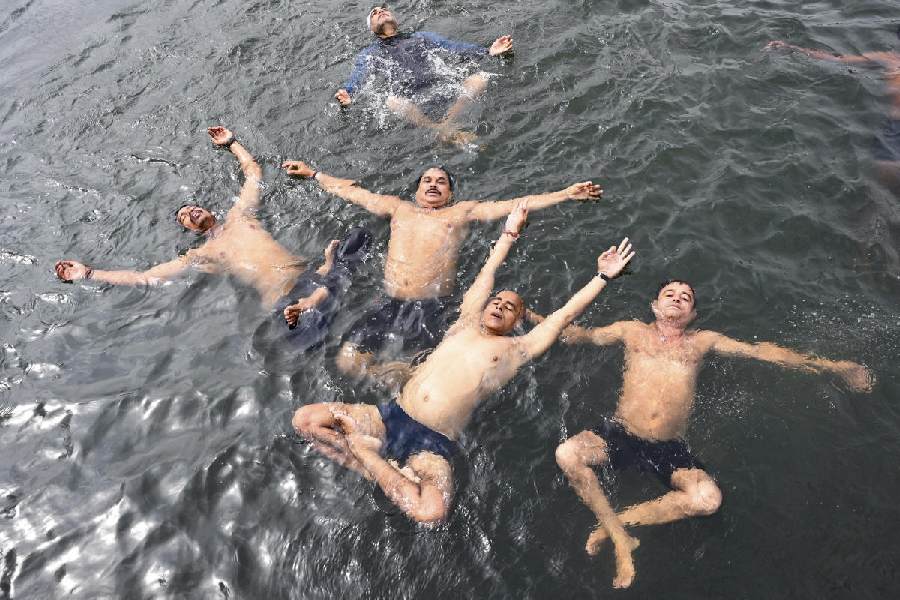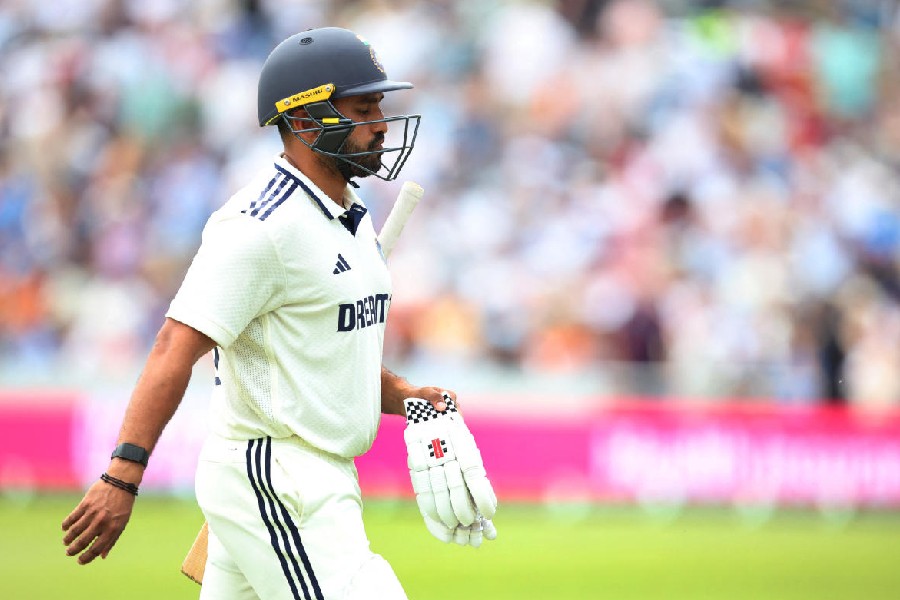Bhubaneswar, June 27: The average groundwater utilisation in Orissa is 26 per cent though the state boasts of gross dynamic ground resources of the order of 17,77,507 hectares metres (HM).
This was disclosed at a workshop on groundwater inaugurated by chief minister Naveen Patnaik here today. Naveen also released a book on groundwater survey at the workshop organised by the directorate of ground water survey and investigation.
According to the survey, of Orissa’s gross dynamic ground resources of 17,77,507HM, 1,08,593HM are wasted as natural loss. “Around 16,68,914HM of net dynamic ground resources are available for development in Orissa,” said the report.
The estimated sectoral ground water demands on available resources are — for irrigation use is 3,47,233HM (20.81 per cent), for domestic use is 74,112HM (4.44 per cent) and for industrial use is 14,857HM (0.89 per cent). The highest level of groundwater utilisation is observed in Bhadrak district (55.49 per cent) and the lowest in Malkangiri (8.76 per cent). Considering blocks, the highest and lowest levels of ground water utilisations are observed in Baliapal (69.96 per cent) of Balasore district and Podia (4.57 per cent) of Malkangiri district. All the 314 blocks have been categorised as safe except six coastal blocks which have been fully affected by salinity. Restricting the use of available ground water to a safe limit of 70 per cent, still there exists a good scope for further utilisation of ground water resources to the tune of 8,36,026HM.
As estimated area of 5,44,667 hectares in the coastal alluvial tract is beset with salinity hazard. Parts of seven coastal district, covering 42 blocks, suffer from salinity problem in different magnitudes. In parts of Nayagarh, Nuapada, Angul districts, fluoride problem has reported. Also iron and nitrate contamination in some parts of Khurda, Cuttack, Jajpur have been observed. The groundwater quality problems can be reduced by the process of dilution by enhancing volume of recharge through artificial techniques.





![Rishabh Pant, Sachin Tendulkar [in set]](https://assets.telegraphindia.com/telegraph/2025/Jun/1750511937_new-project-33.jpg)





